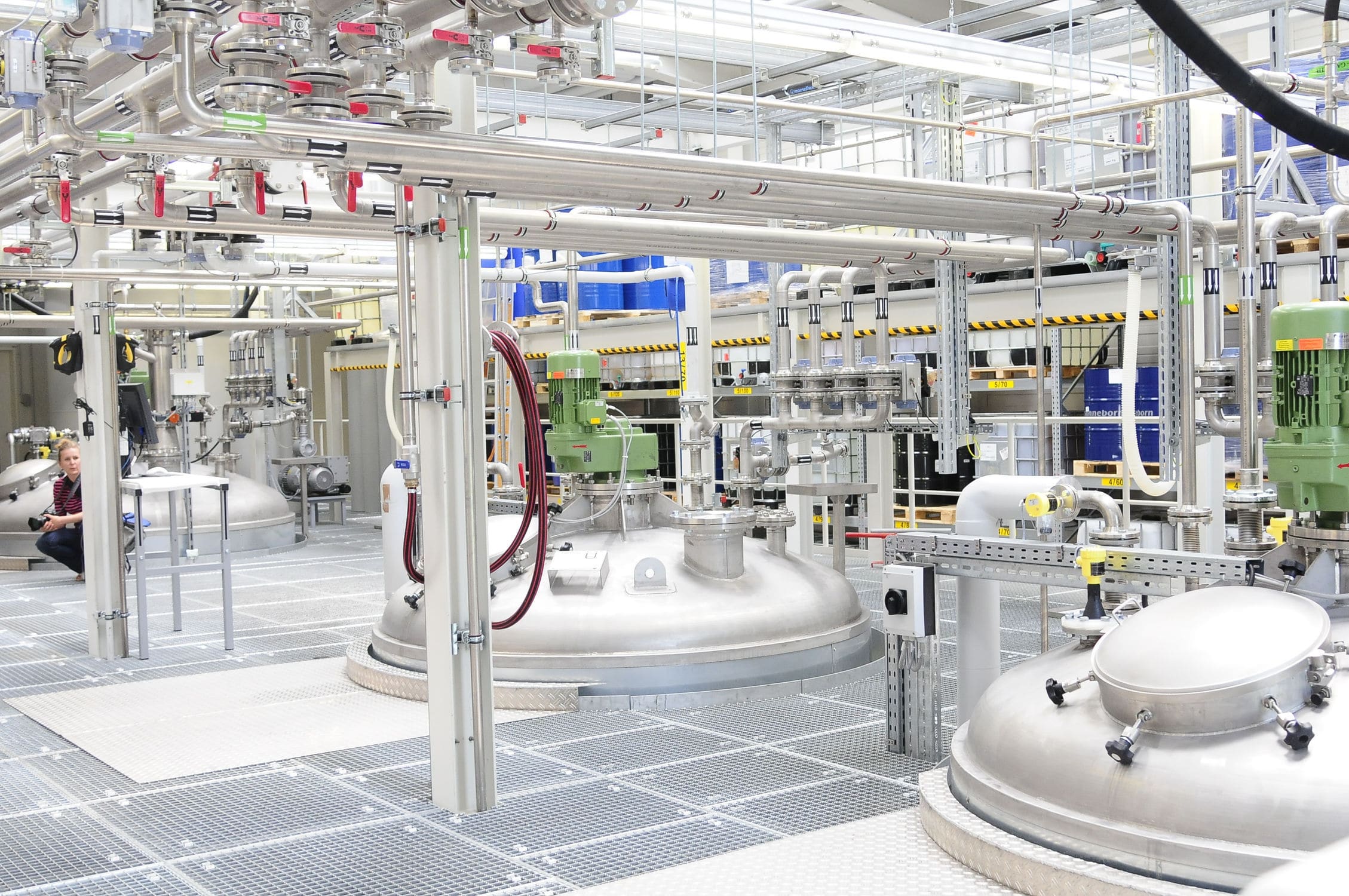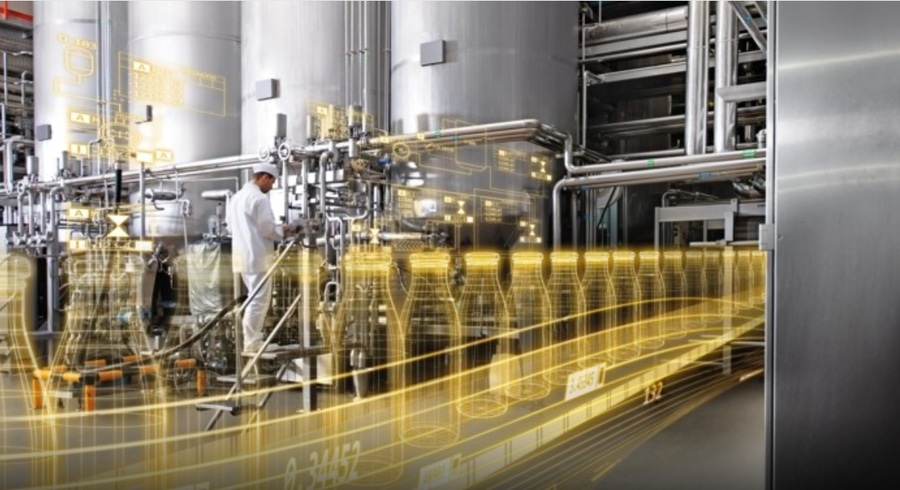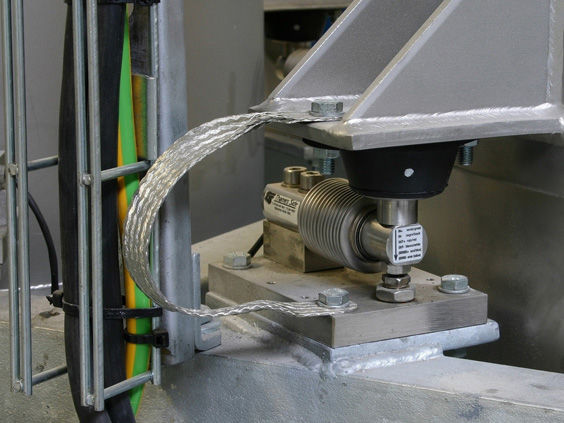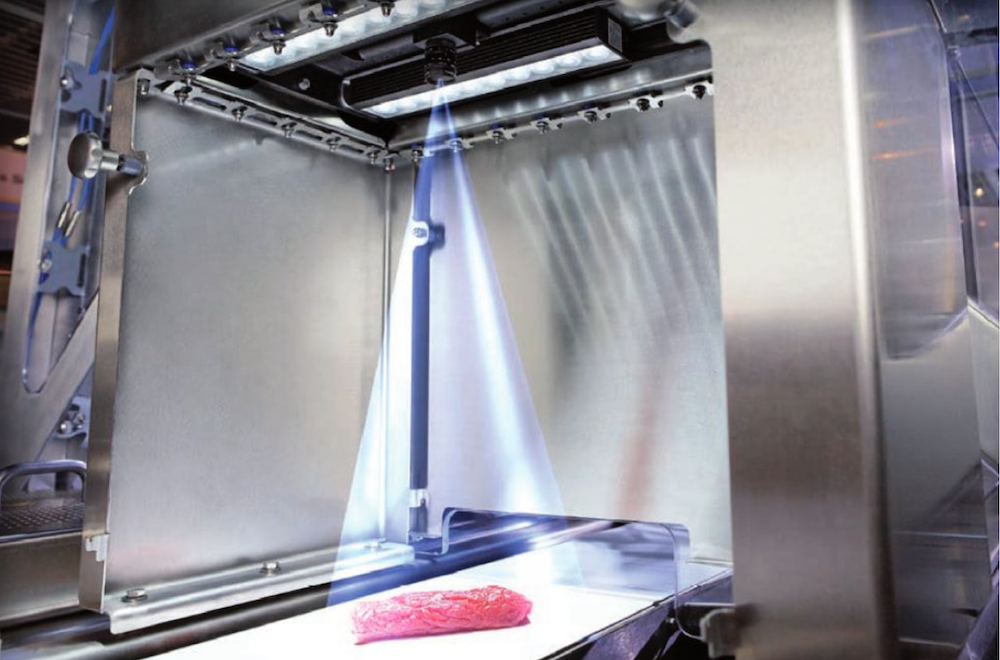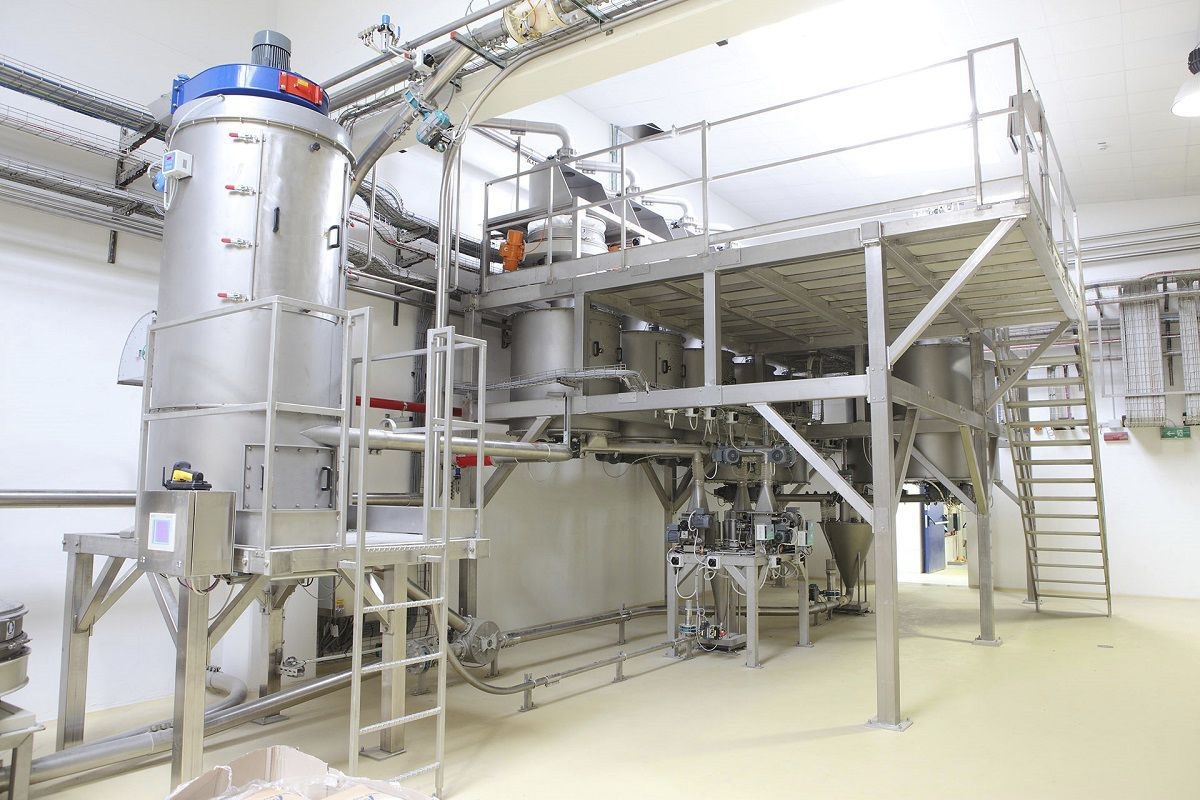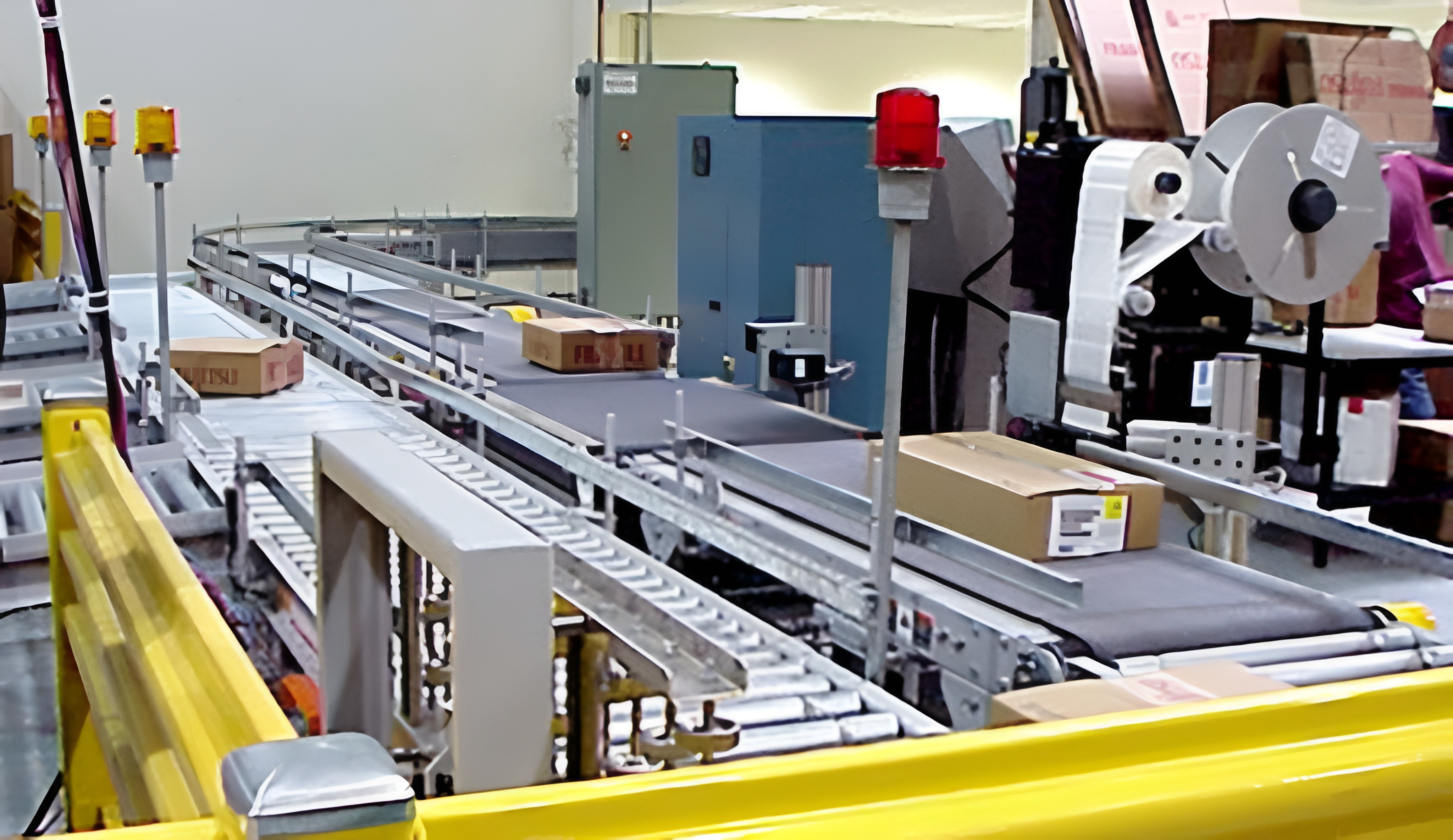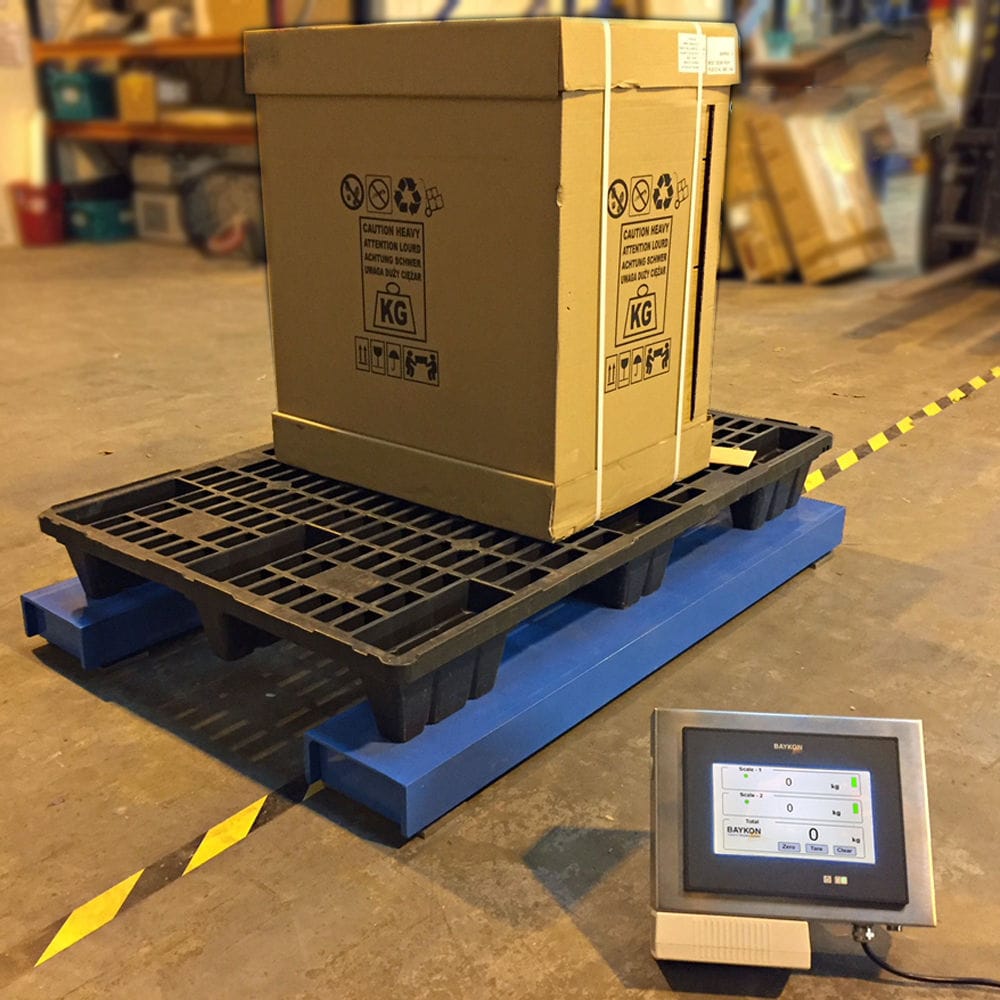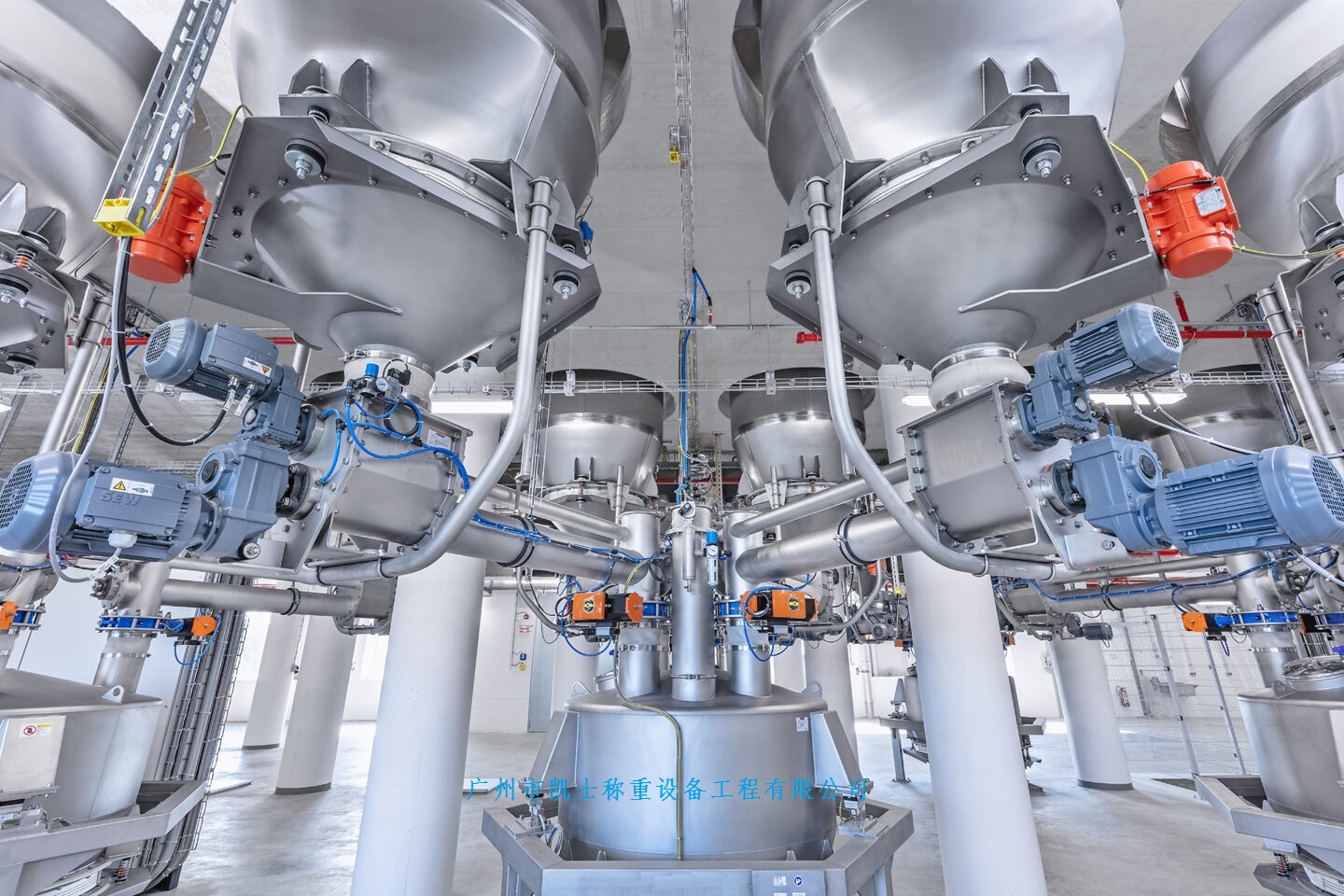

Pneumatic conveyors can be controlled in various ways, including automatic operation, manual operation and central control operation. Take automatic operation as an example. When the control system issues a conveying signal, the exhaust valve and feed valve of the pneumatic conveying device open, and loading begins. When the set weight is reached, the exhaust valve and feed valve automatically close. After a delay of 5 to 8 seconds, the fluidization valve and the conveying valve open, and the conveying process begins. When the conveying pressure inside the pump is lower than the set pressure, the control system sends a signal, the exhaust valve and the fluidization valve close, and the conveying is completed.
 020-34563445
020-34563445The pneumatic conveyor consists of a hopper scale, a weighing module, a pressure vessel and a control system, which converts the electrical signal of the weighing sensor into a mass value and displays it on the screen and inputs it into the computer. According to the set parameter requirements, logic control is carried out on the motors, valves and other components in the system (to control the dosage of each additive). Accept control signals from other parts to achieve interlocking, or promptly send its own weighing data to the main control computer for processing.
Pneumatic conveying equipment uses compressed gas as the power source to convey powdered materials through pipelines. Using a pressure vessel as the transmitter, combining the features of differential pressure transmitters and push transmitters, the gas enters the pump body in three paths: upper, middle and lower for fluidization and transportation, and the bottom gas filling device conveys the material. As the conveying process proceeds, the gas at the top gradually converts into static pressure energy to convey the materials, while the gases at the middle and bottom play a role in thoroughly mixing the fluidized materials and conveying them, and gradually transform into dynamic pressure energy. The materials in the pipeline mainly move in a group flow pattern, and at the end of the conveying process, they form rapid dune movements. The entire conveying process changes in a trapezoidal line. The air compressor provides a gas source of 0.5MPa to 0.7MPa, which is converted into dynamic pressure energy and static pressure energy through a warehouse-type transmitter.
Pneumatic conveyors can be controlled in various ways, including automatic operation, manual operation and central control operation. Take automatic operation as an example. When the control system issues a conveying signal, the exhaust valve and feed valve of the pneumatic conveying device open, and loading begins. When the set weight is reached, the exhaust valve and feed valve automatically close. After a delay of 5 to 8 seconds, the fluidization valve and the conveying valve open, and the conveying process begins. When the conveying pressure inside the pump is lower than the set pressure, the control system sends a signal, the exhaust valve and the fluidization valve close, and the conveying is completed.
A weighing material level device is installed on the pump body of the pneumatic conveying device. Its function is to adjust the size of each conveying volume, which is also the standard for measuring the amount of each conveying volume. At the same time, it can detect the weight change of the material inside the pump during the conveying process, making every detail of the conveying process controllable.
The pump body is equipped with a pressure transmitter to monitor the changes in the conveying pressure inside the pump at any time. When the pressure inside the pump exceeds the set pressure, an automatic alarm will sound and the system will stop conveying. When the pressure inside the pump is lower than the set pressure, the control system defaults to the completion of the delivery and stops the delivery.




